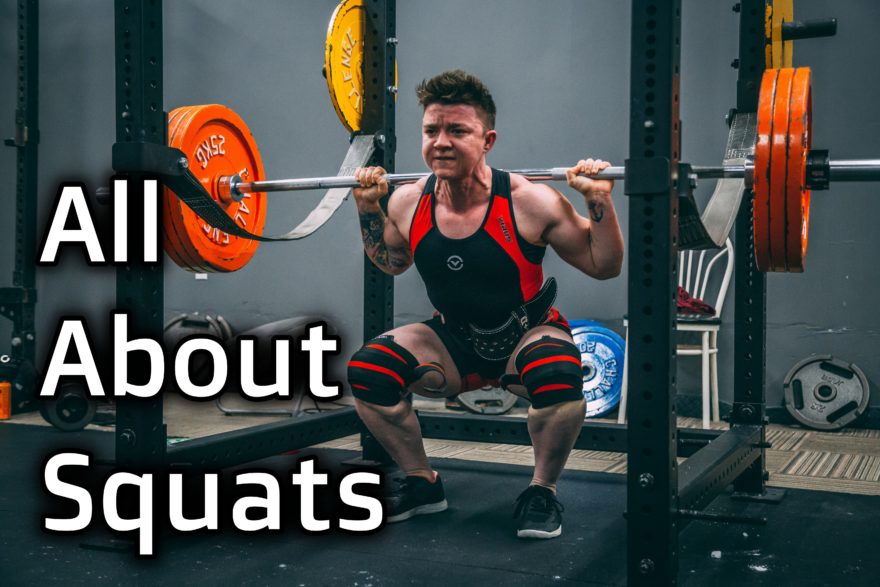Movement Debrief Episode 112 is in the books. Below is a copy of the video for your viewing pleasure, and audio if you can’t stand looking at me. Here is the setlist:
- What are the biomechanical differences between a squat and a hinge?
- Would squatting not increase anterior pelvic tilt and hip flexor strength?
- Does squatting put too much shear force through the knee?
- Does ramp squatting put too much shear force through the knee?
- Is there such a thing as a “normal” infrasternal angle?
- Why does a hip shift occur in a squat?
- What are some strategies for reducing a hip shift in a squat?
- How do the following squat variations impact thoracic expansion: Goblet, Zercher, front, and back?
If you want to watch these live, add me on Instagram. Enjoy!
and the audio version:

 t
tTable of Contents
Show notes
Check out Human Matrix promo video below:
Below are some testimonials for the class:
Want to sign up? Click on the following locations below:
March 28th-29th, Madison, NJ (SOLD OUT!)
April 4th-5th, 2020, Atlanta, GA (early bird ends March 13th at 11:55pm)
May 23rd-24th, 2020, Dickinson College in Carlisle PA (Early bird ends April 26th at 11:55pm!) [Approved for 14 Category A CEUs for athletic trainers]
June 6th-7th, 2020, Minneapolis, MN (Early bird ends May 3rd at 11:55pm!)
August 1st-2nd, Boston, MA (Early bird ends July 5th at 11:55pm!)
September 12th-13th, Montreal, Canada (Early bird ends August 16th at 11:55pm!) [6 CEUs approved for Athletic Therapists by CATA!]
October 3rd-4th, Ann Arbor, MI (Early bird ends September 6th at 11:55pm!)
November 7th-8th, Charlotte, NC (Early bird ends October 11th at 11:55pm!)
November 21st-22nd, San Diego, CA (Early bird ends October 25th at 11:55pm!)
Or check out this little teaser for Human Matrix home study. Best part is if you attend the live course you’ll get this bad boy for free! (Release date not known yet 🙁
Here is a signup for my newsletter to get nearly 5 hours and 50 pages of content, access to my free breathing and body mechanics course, a free acute:chronic workload calculator, basketball conditioning program, podcasts, and weekend learning goodies:
[yikes-mailchimp form=”1″ submit=”Get learning goodies and more”]
Deep Squats and Knee Health: A Scientific Review
If you want to teach the “stack,” the sideyling tilt is a great choice
I also like performing low sit activities to encourage the bottom of the squat position
And of course, don’t forget to work on squatting with this move
A hip shift is a great activity to improve the shifting skills of a squat
You can also do a front foot elevated split squat and throw a shift in there
Here is a debrief that goes in-depth on where certain reaches can expand the thorax
Motion of the shoulder complex during multiplanar humeral elevation
The difference between a squat and hinge
Greetings Fam! I’m curious to see you model the differences between the Squat and Hinge, similar to how you modeled the respiratory mechanics in the Human Matrix Fundamentals. Bless up!
Does squatting make anterior pelvic tilt worse?
Anterior pelvic tilt (APT) is a result of a tug of war at the pelvis – on the anterior hip flexors beating internal obliques and on the posterior spinal erectors beating hamstrings/glutes. Could focusing on a squatty squat bias strengthening the hip flexors (not the hamstrings) thus exacerbating the APT?
Is squatting bad for the knees?
I’ve had a couple people tell me that it heals elevated squat puts more shearing load on the knees and I’m wondering if this is only in reference to if the bar is on the back or if it’s a front squat or how I can navigate the conversation around bypassing the ankle joint?
Is there a “normal” infrasternal angle (ISA)?
Is the goal for someone with a wide infrasternal angle to eventually get a “normal” angle when relaxed?
Hip shifts in the squat
Hip shift in the squat. Most everybody seems to talk about it as a neuromuscular thing. Do you have a take/is there already a deep dive I couldn’t find?
Which squat variation should be used?
I am wondering about using the Zercher squat preferentially compared to the back squat and for prep for the front squat, for peeps who have trouble inhaling into their backs, and specifically the upper backs.
Sum Up
- A squat involves vertical pelvic displacement and sacral counternutation. Whereas a hinge involves posterior pelvic displacement and sacral nutation
- Because counternutation creates a posterior pelvic tilt, squatting can improve anterior pelvic tilt
- Squatting below 90 degrees of knee flexion reduces shear and compressive forces on the knees.
- Infrasternal angles are genetically determined. The goal is to make them dynamic.
- Hip shifts in a squat are a result of pelvic rotation and inability to bilaterally counternutate the sacrum. They can be improved by increasing squat depth and using drills to shift the other direction
- Squat holds that have the bar less than 60 degrees of shoulder flexion are best for upper back expansion. 60-120 degrees of shoulder flexion are best for anterior expansion. Back squats are the most compressive of the upper thorax
Photo by Alora Griffiths on Unsplash

